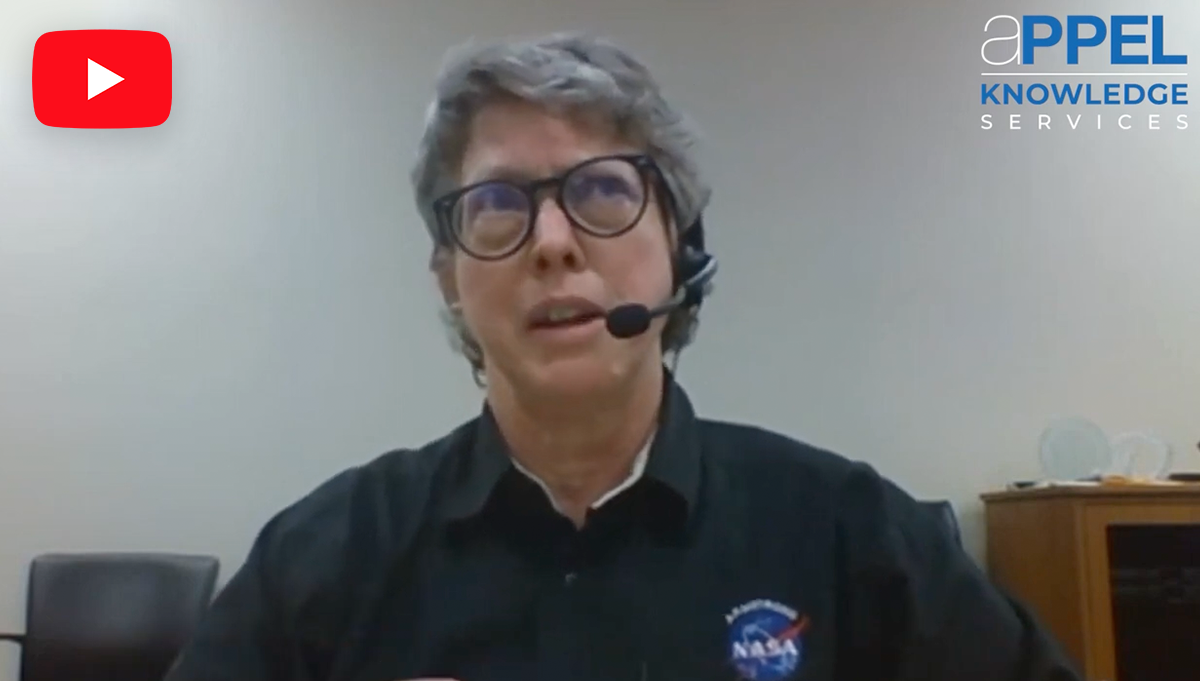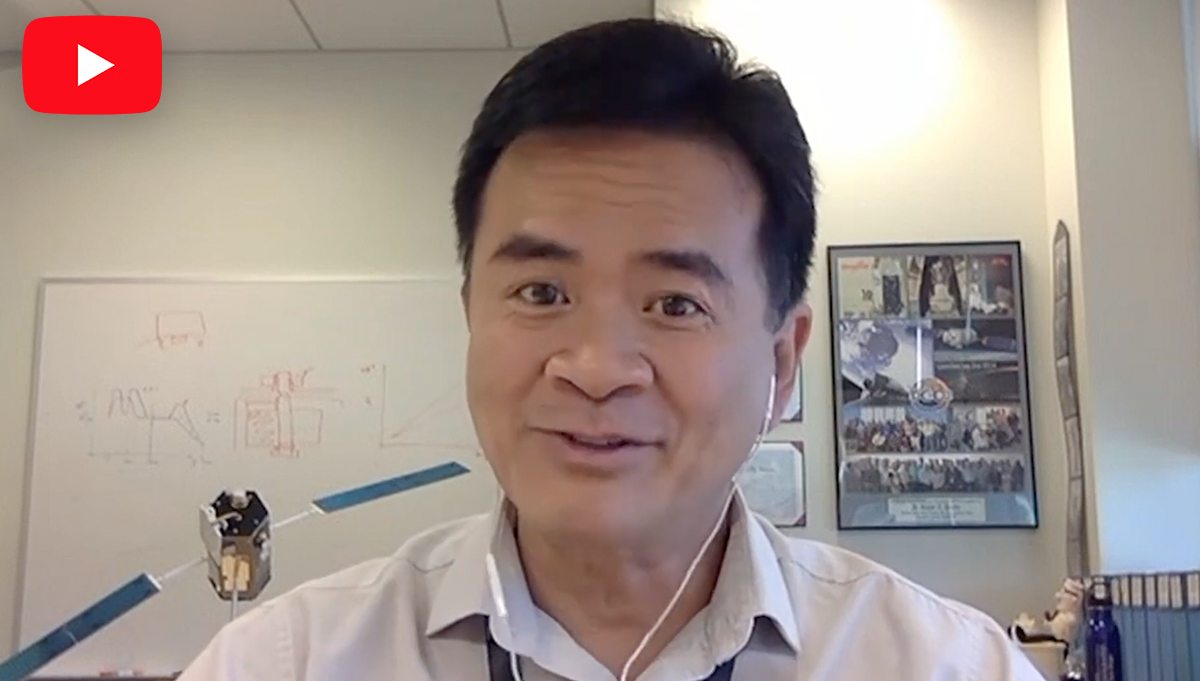The skill to analyze issues that arise during a project from various points of view will put a systems engineer in a better position to help solve any problem that may arise.
Julie Grantier is a senior lead for systems engineering from NASA’s Glenn Research Center. In this video clip, Grantier discusses why multiple dimension thinking is a critical skill for systems engineers and how she developed the skill.
Video key learning points:
- 1.
A project’s technical problems are inter-related between the subsystems and are affected by programmatic aspects. A crucial skill of a systems engineer is the ability to examine a technical problem and think through the multi-dimensions the problem and solution will affect.
- 2.
Systems engineers must think about the programmatic and technical aspects when making their decision. One possible solution may cost more, another solution may use more schedule, and another could require more risk. These programmatic issues must also be weighed before choosing the best solution to any problem on a project.
- 3.
Examining an issue from a big picture level can allow a systems engineer to help spot problems and provide the best solution without being overly influenced by one specific technical area.
- 4.
A systems engineer should use multiple dimension analysis, so they don’t go too far into the technical details of a problem. The systems engineer should look at the big picture and understand how different project elements are tied together and how to take all the different facts and details and come up with the best solution. A systems engineer should influence their team to look more broadly for solutions.
- 5.
To develop multiple-dimension thinking skills an engineer should get experience in different technical areas and different experiences in dealing with programmatic aspects. They should put themselves out there to be the person that is communicating with other subsystems both technically and programmatically.
- 6.
A good multi-dimensional-thinking systems engineer also uses vision and intuition gained from past work experiences.
Related Resources
NASA VPMC Full Session: 7 Habits of Highly Effective (NASA) Systems Engineers
APPEL KS Article: Government and Academia Study Systems-Thinking Development
APPEL KS Article: Spotlight on Lessons Learned: End-to-End Redundancy Analysis
APPEL KS Courses: Systems Engineering
NASA Systems Engineering Development Framework
NASA Systems Engineering Competency Model









